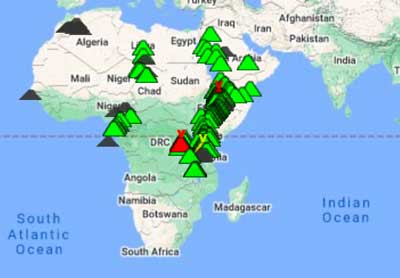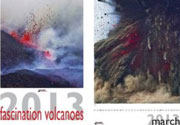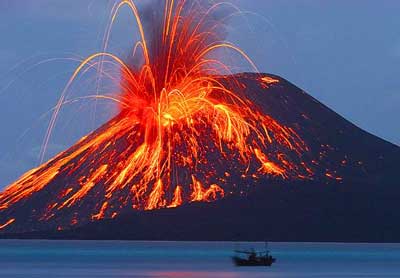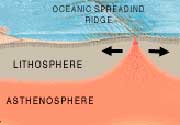Mount Ediziza in NW British Columbia, Canada is a large, complex stratovolcano about 1 million years old forming the most recently active of a group of overlapping basaltic shields, lava domes, flows, and central stratovolcanoes. Mount Edziza contains a 2-km-wide, ice-filled summit caldera with a central summit crater and several flank vents. The volcano's lavas range from basalt to rhyolite.
Frequent volcanic activity of the complex has been going on for about 8 million years, but the last eruptions occurred only about 1000 years ago.
After the Level Mountain Range to the north, Edziza is Canada's second largest young volcano.
Volcanic activity of the Edziza complex is caused by extension structures in the underlying basement and the volcano lies along a zone of north-south normal faults east of the Coast Crystalline Complex.
Active or recently active warm springs are found in several areas along the western flank of the volcanic plateau, including Elwyn springs (36°C), Taweh springs (46°C), and inactive springs near Mess Lake. All 3 hydrothermal areas are near the youngest lava fields on the plateau and are probably associated with the most recent volcanic activity at Mount Edziza.
The vast plateau has also been an important cultural resource. The Tahltan people, who now live largely near Telegraph Creek, British Columbia, used volcanic glass (obsidian) from Mount Edziza to make tools and for trading material.
More recently, most of the plateau has been made into a provincial park to preserve the volcanic and culture treasures unique to the northern British Columbia area.



